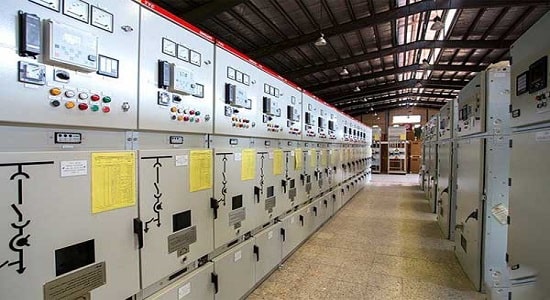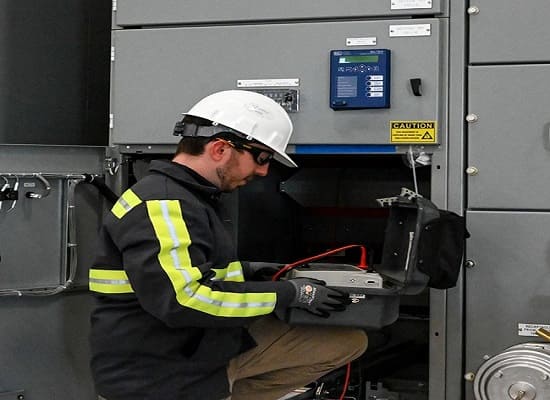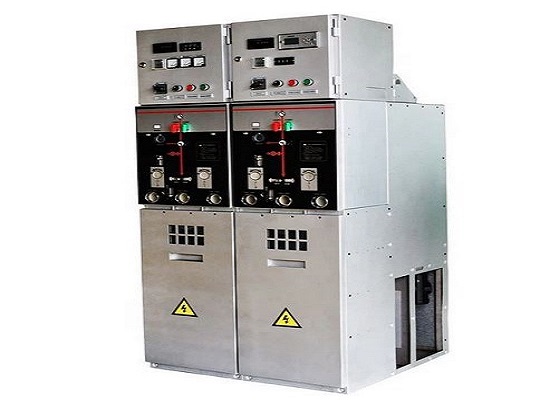
What is Medium Voltage Switchgear?
Medium-voltage switchgear refers to a category of electrical switchgear designed to operate within a specific range of medium voltages. Most commonly, this means voltages between 1 kV and 52 kV. The primary function of medium voltage switchgear is to switch and control electrical equipment in industrial, commercial, and utility applications.
– Medium voltage switchgear operates between 1 kV and 52 kV.
– It is used to switch and control electrical equipment.
– Typical applications include industrial, commercial, and utility settings.
What Are the Common Problems in Medium Voltage Switchgear?
The most common problems in medium voltage switchgear can be grouped into three categories: mechanical, electrical, and thermal issues. Mechanical problems often involve physical components like breakers, isolators, and bushings. Electrical issues might include short circuits, ground faults, or electrical insulation failure. Thermal issues often arise from overheating, which can damage insulation and other components.
– Mechanical, electrical, and thermal issues are common in medium voltage switchgear.
– Mechanical problems often involve physical components, while electrical issues involve circuits and insulation.
– Overheating is a common cause of thermal issues, which can damage insulation and components.

Medium Voltage Switchgear Testing (Quad Plus company)
What Are the First Steps in Troubleshooting Medium Voltage Switchgear?
Before you start troubleshooting, always ensure safety first.
Disconnect the power and follow lockout/tagout procedures. Then, identify the type of problem: mechanical, electrical, or thermal. Next, check the obvious things first, such as physical damage, loose connections, or signs of overheating. Use your senses: look for visual signs, listen for unusual sounds, and smell for signs of electrical burning.
– Always disconnect the power and follow lockout/tagout procedures before troubleshooting.
– Identify the problem type: mechanical, electrical, or thermal.
– Check for physical damage, loose connections, and signs of overheating.
What Are Some Tips for Troubleshooting the Medium Voltage Switchgear?
For mechanical issues, inspect the physical components for wear and tear or damage. For electrical problems, use a multimeter to check for voltage problems or an insulation resistance tester for insulation issues. For thermal problems, infrared thermography can help identify hot spots. Regular maintenance is key to preventing many issues, so keep a schedule and stick to it.
– Inspect physical components for mechanical issues, use a multimeter for electrical issues, and use infrared thermography for thermal issues.
– Regular maintenance can help prevent many common issues.
– Keep a strict maintenance schedule.
How Can Medium Voltage Switchgear Troubleshooting Be Improved?
Improving troubleshooting involves a combination of routine maintenance, training, and the use of advanced diagnostic tools. Routine maintenance helps prevent issues from developing in the first place. Training ensures that engineers and technicians have the necessary skills and knowledge to identify and resolve issues. Advanced diagnostic tools like digital multimeters, insulation resistance testers, and infrared thermography can significantly enhance troubleshooting accuracy.
– Routine maintenance, training, and advanced diagnostic tools can improve troubleshooting.
– Training helps engineers and technicians develop the necessary skills and knowledge.
– Advanced diagnostic tools enhance troubleshooting accuracy.
What Are the Safety Precautions When Troubleshooting Medium Voltage Switchgear?
Safety is paramount when working with medium-voltage switchgear.
Always disconnect the power and follow lockout/tagout procedures. Use personal protective equipment (PPE), including insulated gloves, safety glasses, and flame-resistant clothing. Never work alone, and always have a safety plan in place. Remember, no electrical work is worth risking personal injury or life.
– Always disconnect power and follow lockout/tagout procedures.
– Use appropriate PPE, including insulated gloves, safety glasses, and flame-resistant clothing.
– Never work alone and always have a safety plan in place.
Conclusion:
In conclusion, troubleshooting medium-voltage switchgear is a complex task that requires a solid understanding of electrical principles, a systematic approach, and a keen awareness of safety measures. With these tips at your disposal, you’re well-equipped to tackle any challenges that come your way.




